THE EXPO 70 SUITE | 10 :: Leandro V. Locsin + The Philippines @ Expo 70, Osaka
PHILIPPINE PAVILION, EXPO ‘70
Osaka, Japan
Engineering Consultants: Trans-Asia (Philippines) Inc.
Since the Philippine Pavilion at Expo ’70 occupied a small corner lot opposite the large Canadian Pavilion (a mirror-wall pyramid), the architect felt that it had to make a strong architectural statement despite the limited building budget. Otherwise, it would be overwhelmed by its spectacular neighbour.
The dramatic roof sweeping up from the ground was intended to express the soaring prospects and future-oriented outlook of the Filipino people. The architectural message was that although the Philippines is a young and developing country, it has a progressive spirit.
Fine Philippine hardwoods and other native materials were used extensively throughout the pavilion. The pattern of the narra planking on the ceiling directed the eye up toward the apex. Panels of capiz shell in the skylight diffused a warm interior light. Not yet installed when the building was photographed was a large capiz chandelier, which added a spectacular focal point to the pavilion. The chandelier now hangs over the central stairway in Ang Maharlika.
The exhibit in the pavilion was a photo essay covering the history of the Philippine Islands form their mythic origins to the present day. Interspersed with the photos were small exhibits of artefacts such as Oriental trade porcelains, Philippine-made gold jewellery dating from the twelfth-century and earlier, Muslim woodcarvings and brass jewellery, and Spanish-colonial sculpture. On the ground floor were exhibits of native products such as lumber (artistically displayed as sculpturelike works) and handsome silk fabrics (stretched on frames to form colourful, decorative panels on the walls). The basement housed a small art gallery of contemporary Philippine art and sculpture.
The Philippine Pavilion was well received and was judged one of the ten most popular pavilions at the exhibition.
– Nicolas Polites, The Architecture of Leandro V. Locsin. New York and Tokyo: Weatherhill, 1977 : 212.
![]()


Nicholas Polites, The Architecture of Leandro V. Locsin. New York: Weatherhill, 1977.
Leandro V. Locsin was a favourite of Imelda Marcos.
She chose him to design all the classy edifices (not the deathtraps; that’s another post) at the Cultural Center of the Philippines Complex on beautiful Manila Bay.
“Lindy,” (he was nicknamed after Charles Lindbergh) is a little known master of tropical modernism. His dynamic soaring roofed pavilion at Expo 70 was incredibly popular — it was that last-gasp celebration of the future’s tenth most visited pavilion.
This inspired vision of a bird-in-flight represented his small island nation’s aspirations for a future full of progress. Two years later, the Philippines President Ferdinand Marcos placed the country under Martial Law.
But at Expo 70, Locsin had the opportunity to show the world the best of what the Philippines could become. Ah, to have such patrons like Ferdy and Meldy …
I love looking at these photos from a more-optimistic-about-the-future past. I think they’re poetry in motion.
The Philippine pavilion was next to Canada’s effort, designed by master architect, Arthur Erickson.
The organizers of the exposition had given Locsin, The “Poet of Space,” an odd triangular plot of land facing Arthur’s daring Canadian pavilion. I’m sure the Filipinos would have preferred a spot closer to mother USA’s pavilion, but there you have it.
![]()
![]()
For his magnificent building, Erickson — the much-missed maestro — used acres of mirrors, a sacred (and somewhat taboo) object in Shintō:
The Philippines scored another victory in Osaka in 1970: a Filipina won the title of Miss International during a coronation at Expo 70.
Aurora Pijuan from Bacolod took the crown and lorded it over first runner-up, Margarita Marta Briese of Australia (see last photo in the post).
The Philippines is the only country to win Miss International twice.
The final Pinoy victory:
la Poste Vaticane features the Holy See’s pavilion, which looks suspiciously like Locsin’s creation:

EXPO 70 : THE FIRST ASIAN EXPO ::

British Columbia’s giant slope of trees and Locsin’s mini-masterpiece at Expo 70.

A rare colour photograph of Leandro’s pavilion — Erickson’s Canadian pavilion is barely visible to the right
First Lady Imelda Marcos arrives in Osaka in full terno with the Québec pavilion in the bg
Meldy walks with architect Leandro “Lindy” Locsin to cut the pavilion’s ribbon — I love this photo — the two look so happy and proud (but perhaps a touch anxious) as they make eye contact before unveiling their accomplishment to an international audience
The First Lady with her children, her favoured architect, and her coterie at the pavilion’s entrance
1970 – 2011 :: Where are they now?
Jaime Zobel de Ayala is, depending on the year, the richest or second richest Filipino in the world; architect Leandro Valencia Locsin died in 1994 (I presume that is his wife, Cecilia Yulo, smiling on his right); Bongbong (Ferdinand Marcos II) is a Filipino Senator and probable next president of the Republic; second daughter Imee keeps a low profile; Imelda and Ferdinand’s eldest, Irene, is the Governor of the family stronghold, Ilocos Norte; and Imelda is still dancing at 82, recently revivified by her victory in the 2010 elections when the short-term memories of the people of Ilocos Nortes’s second district chose her to represent them in the House of Representatives. El Presidente didn’t like to travel outside his fiefdom but the “Steel Butterfly” sure did! And that terno’s bodice …
Carefully selected and trained hostesses greet the opening day crowd
The Philippine delegation performs at Kenzo Tange’s Festival Plaza at Expo 70
Members of the Philippine delegation pose with Aurora Pijuan, crowned Miss International 1970 in Osaka
✭ Philippine Star | “Pavilion of Progress 1970” by Paulo Alcazaren
✭ Headway Architect | Philippine World Expo Pavilions
![]()

![]()
About this entry
You’re currently reading “THE EXPO 70 SUITE | 10 :: Leandro V. Locsin + The Philippines @ Expo 70, Osaka,” an entry on designKULTUR
- Published:
- 2010/01/14 / 01:54

























!["But the main features of the pavilion are the Filipino [sic] hostesses](https://designkultur.files.wordpress.com/2010/01/but-the-main-features-of-the-pavilion-are-the-filipino-sic-hostesses.png?w=432&h=901)





















































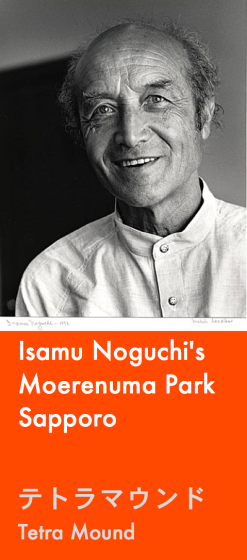

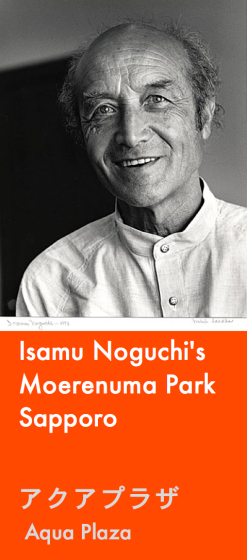

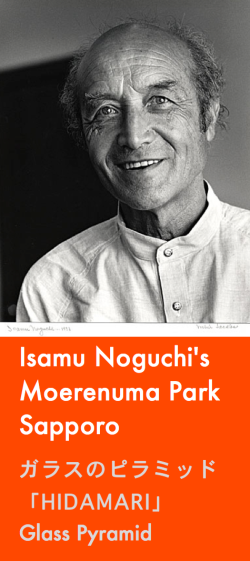




















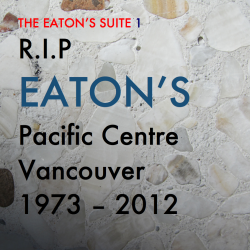













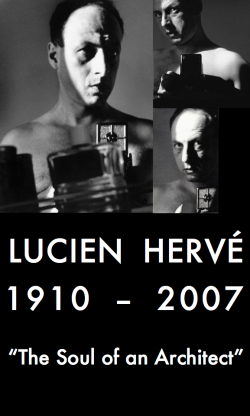
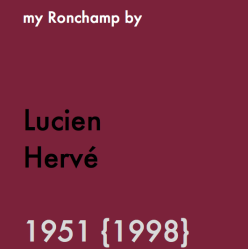
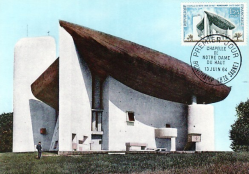












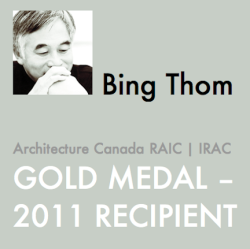

















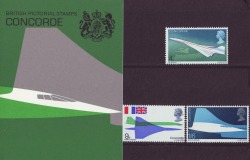













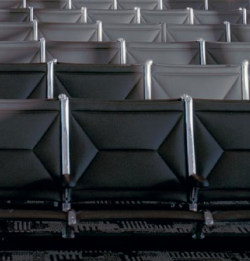




























3 Comments
Jump to comment form | comment rss [?] | trackback uri [?]